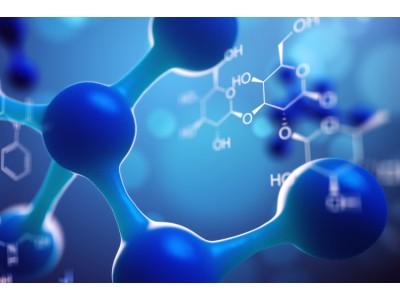| Bioactivity | Hycanthone is a thioxanthenone DNA intercalator and inhibits RNA synthesis as well as the DNA topoisomerases I and II. Hycanthone inhibits nucleic acid biosynthesis and inhibits apurinic endonuclease-1 (APE1) by direct protein binding with a KD of 10 nM. Hycanthone is a bioactive metabolite of Lucanthone (HY-B2098) and has anti-schistosomal agent[1]. | ||||||||||||
| Invitro | Hycanthone has an IC50 of 80 nM for inhibition of APE1 incision of depurinated plasmid DNA[1]. Hycanthone (0.05-100 µM; for 2 h) promotes APE1 cleavage in presence of Cycloheximide (CHX) and this cleavage is inhibited by 1% DMSO[1]. Hycanthone at 20 mg/mL or more is progressively more detrimental to cell viability. Results reveal that increased concentrations of Hycanthone, ranging from 0.1 to 10 μg/mL, progressively reduces viral interferon yields as much as 73% compare to that of controls[3]. | ||||||||||||
| In Vivo | Results show that the incorporation of tritiated thymidine into TCA-precipitable material of adult sensitive worms undergo a progressive decrease after treatment with Hycanthone. Immature worms are totally unaffected by Hycanthone at all times tested. Male worms treated with Hycanthone show signs of a possible partial recovery from the initial low levels of incorporation. The incorporation of tritiated leucine by drug-sensitive worms treated with Hycanthone is inhibited by 40 to 50% in the first four days after treatment. Results show that, 7 days after Hycanthone treatment, both ribosomal RNA species are reduced by at least 80% with respect to untreated worms, with some indication of a possible accumulation of heavier precursor molecules[2]. | ||||||||||||
| Name | Hycanthone | ||||||||||||
| CAS | 3105-97-3 | ||||||||||||
| Formula | C20H24N2O2S | ||||||||||||
| Molar Mass | 356.48 | ||||||||||||
| Appearance | Solid | ||||||||||||
| Transport | Room temperature in continental US; may vary elsewhere. | ||||||||||||
| Storage |
|
||||||||||||
| Reference | [1]. Mamta D Naidu, et al. Lucanthone and its derivative hycanthone inhibit apurinic endonuclease-1 (APE1) by direct protein binding. PLoS One. 2011;6(9):e23679. [2]. Pica Mattoccia L, et al. Effect of hycanthone administered in vivo upon the incorporation of radioactive precursors into macromolecules of Schistosoma mansoni. Mol Biochem Parasitol. 1983 Jun;8(2):99-107. [3]. Hahon N, et al. Action of antischistosomal drugs, hycanthone and its analog 1A-4 N-oxide, on viral interferon induction. J Toxicol Environ Health. 1980 Jul;6(4):705-12. |

Hycanthone
CAS: 3105-97-3 F: C20H24N2O2S W: 356.48
Hycanthone is a thioxanthenone DNA intercalator and inhibits RNA synthesis as well as the DNA topoisomerases I and II. H
Sales Email:peptidedb@qq.com
This product is for research use only, not for human use. We do not sell to patients.